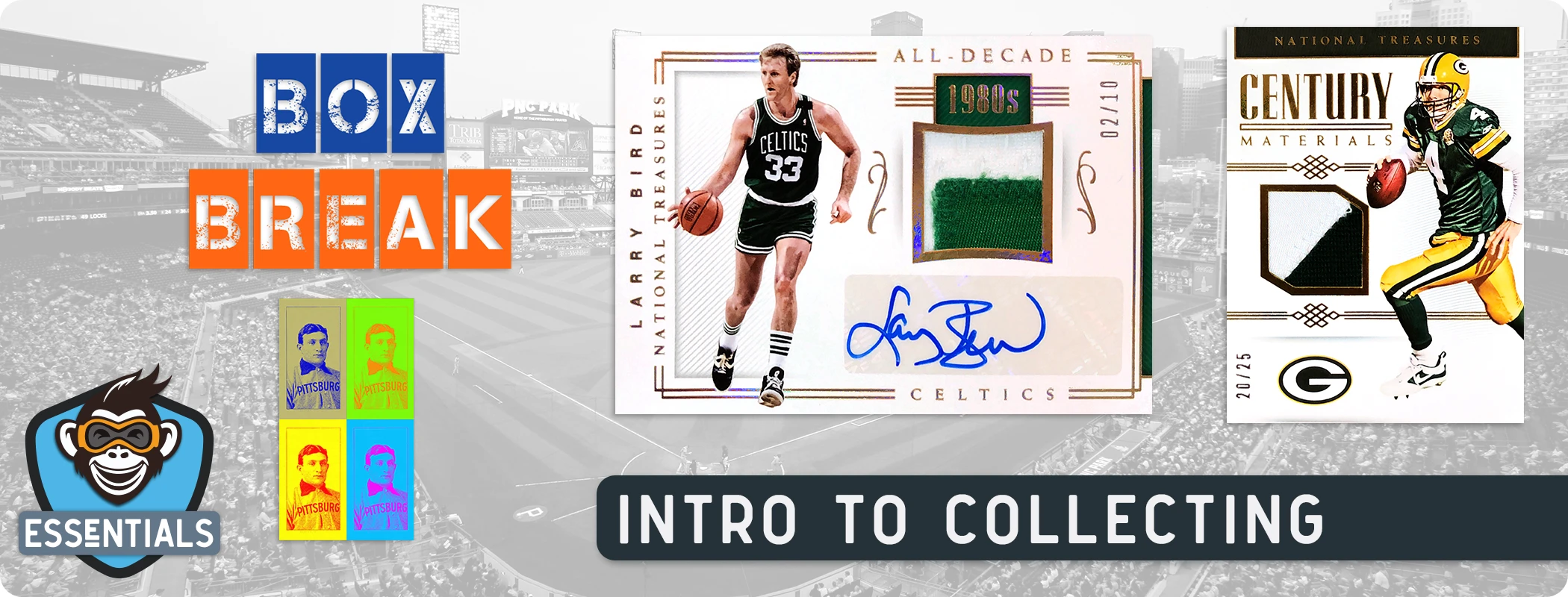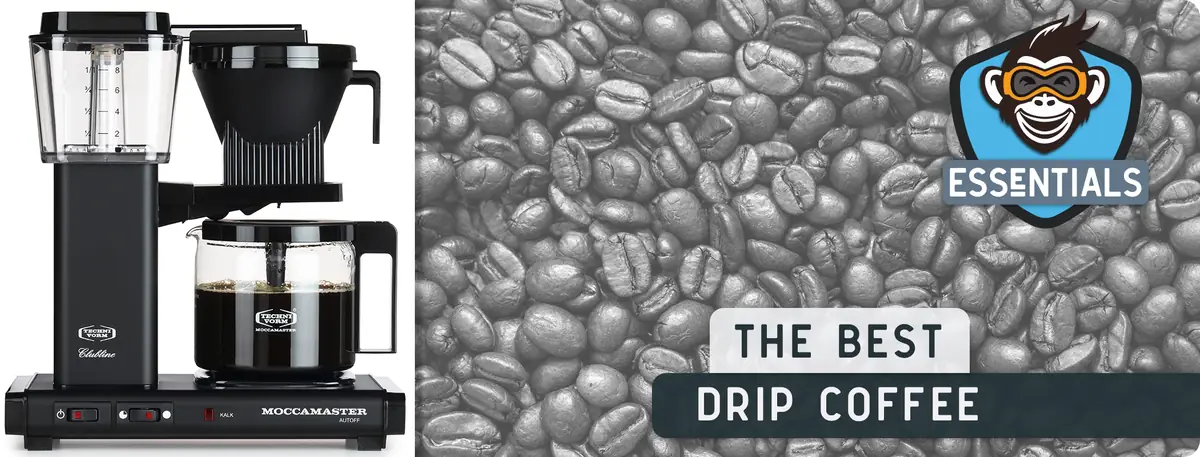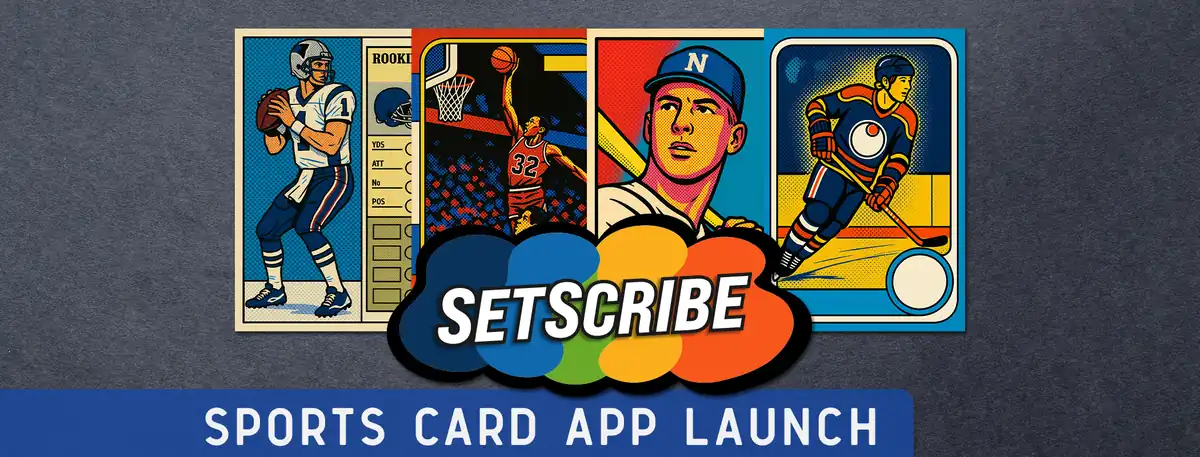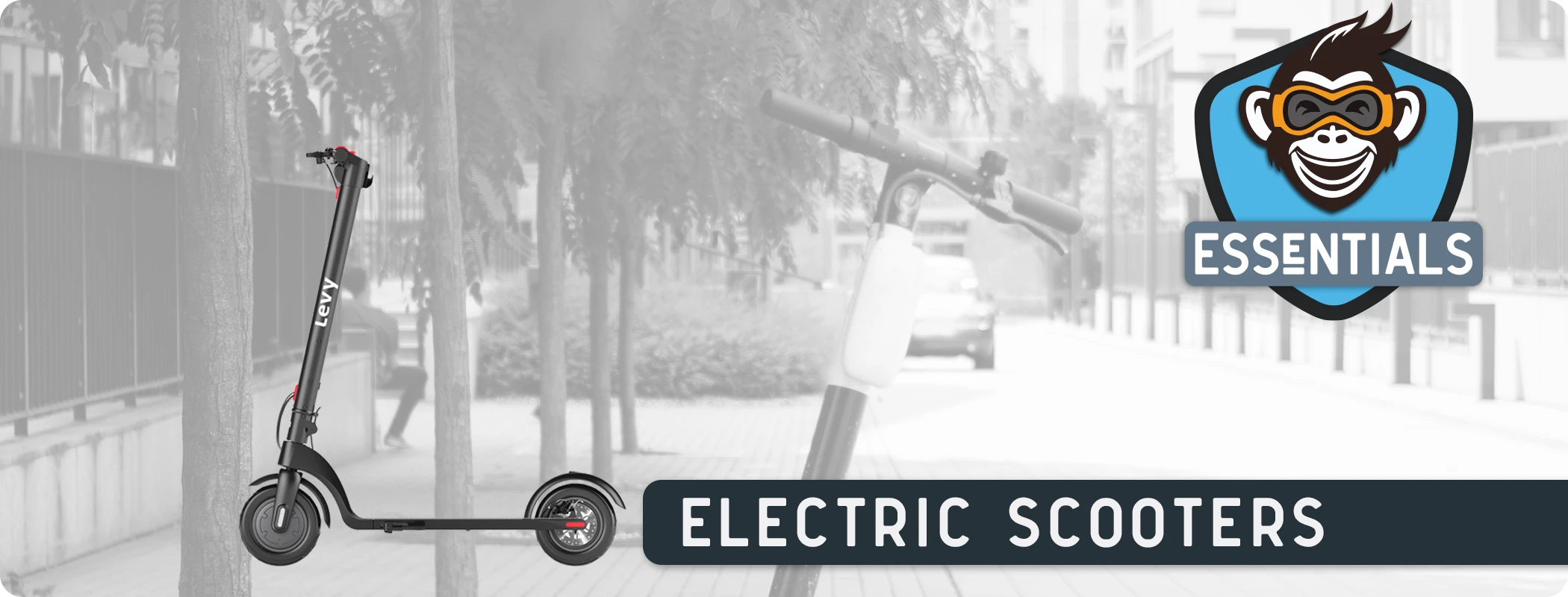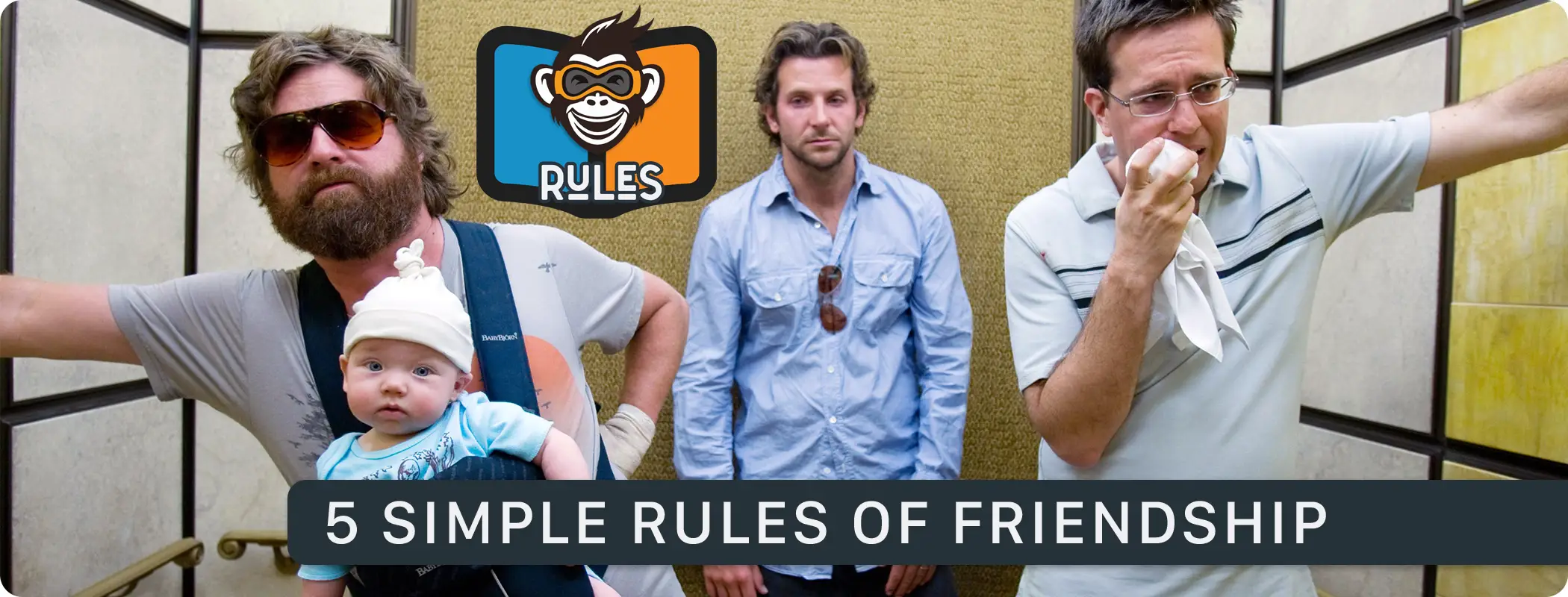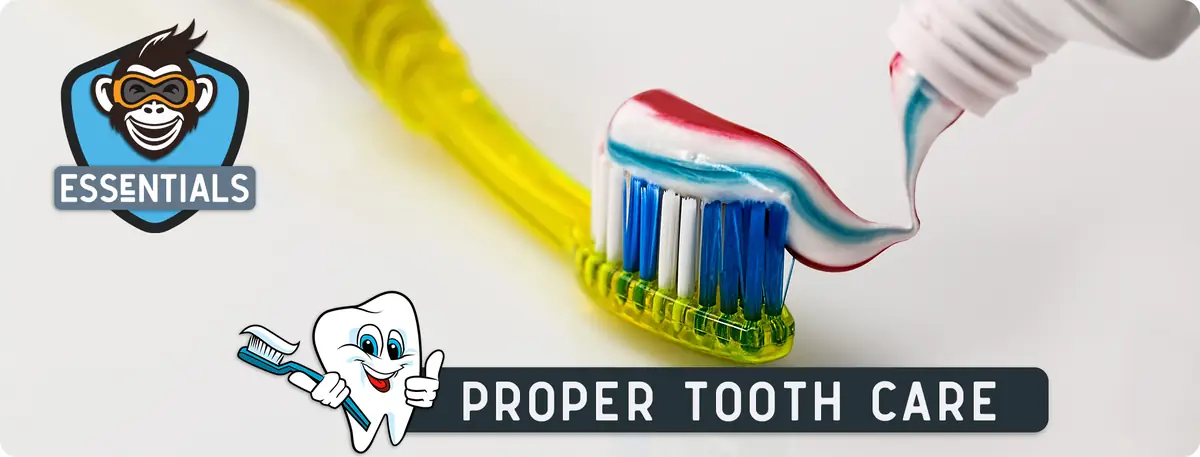
Guide to Fresh Breath and Clean Teeth
In our Essentials series, we like to feature things that may seem difficult at first but are rewarding once you get into them. And as always, we weren’t paid to feature any of these items - they’re the products we personally use and have found to be the best. Today, we’re going to take a look at what you need to get started with great teeth and fresh breath.
Have you ever gone on a date and realized your breath wasn't fresh or, possibly worse, went in for a good night kiss and immediately felt a pang of regret because of improper dental hygiene? You're not alone. After a quick Google search I found a random article that stated "one in four people have bad breath and some studies have reported that approximately 50 percent of the adult population does have." I can't verify the authenticity of that specific quote (especially since they didn't use proper grammar) but it's safe to say that bad breath is a pretty common problem.
We're here to help! In our continuing Essentials series, we wanted to tell you about some essential equipment that you should have in your dental arsenal to battle halitosis, which is the fancy name for gross breath. Let's start out with the first thing you should pick up to battle your harsh breath; a great toothbrush.
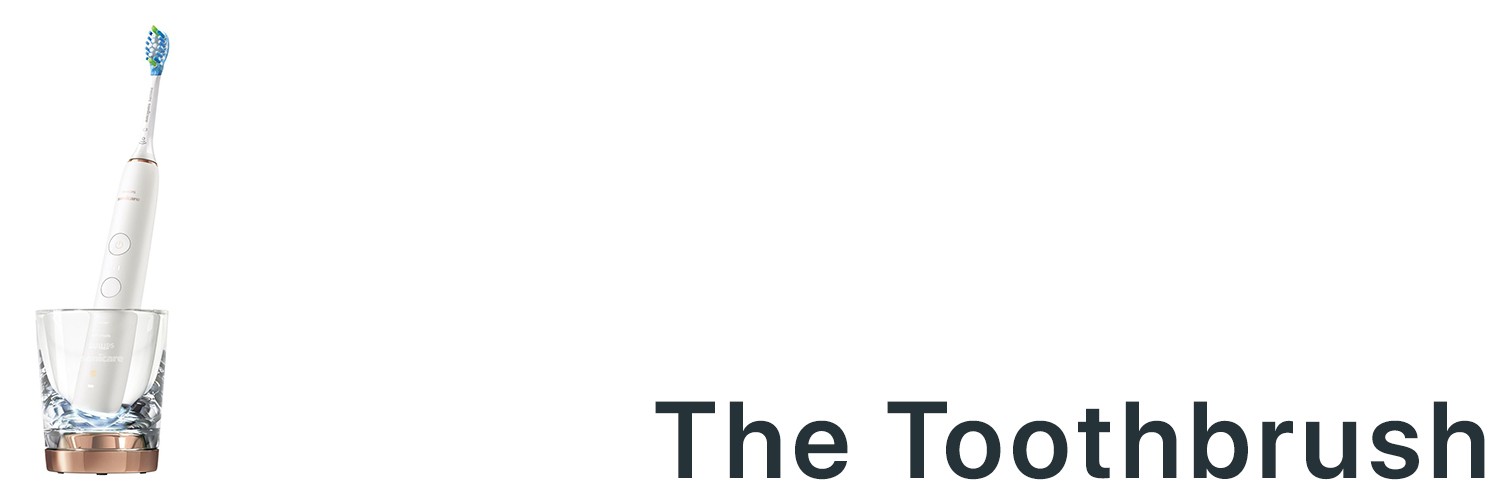
Recently, I had an issue with popcorn. I had just popped a handful of Orville Redenbacher in my mouth and started chewing – and promptly bit into a kernel that chipped off part of a molar. While this was a random occurrence, it made me think long and hard about the way I had been taking care of my teeth. So I decided to bite the bullet (instead of the kernel) and shell out for an expensive electric toothbrush. Was it worth it? In short, yes - and here's why:
- It's better at removing plaque: it would take you an extremely long time to manually brush as well as your electric toothbrush since it’s doing the hard work for you.
- The sensors: do you brush too hard or soft? The brush knows.
- Better coverage: if you pick a connected toothbrush, it can help to make sure you cover the entirety of your mouth and don’t forget any spots.
- Built in timers: this is a pretty simple addition, but almost no one I know brushes for the full two minutes that dentists recommend. The built in timers help manage this for you.
I wasn’t sure an electric toothbrush was worth the money, but after spending a month with mine my teeth feel better, look whiter, and my gums are healthier. What brush did I end up using?
Our Choice: The Philips SoniCare DiamondClean Smart

I'm a big fan of connected technology when it works well, and I was really impressed with the smart features of the Philips SoniCare DiamondClean Smart, which due to the length of the name, sounds like it was named by a cell phone manufacture. Aside from the awkwardly long name, I love using this brush. Not only does it keep my teeth cleaner and whiter than using a manual toothbrush, but the Bluetooth connected app allows me to make sure I'm up to date with fresh brush heads, covering all the areas in my mouth, and reminds me to do it everyday.
The build quality is extremely solid as you would expect from an expensive ($250+) toothbrush. The case is build well with an on/off button as well as another switch that allows you to select the brush mode as well as change the intensity while you're using it. It also comes with a glass - which seemed like an odd addition at first glance, but it's actually pretty nice. The toothbrush charges wirelessly and sits inside the glass so it blends in with your other bathroom gear.
The brush heads run around $10 each but typically last for several months. The app also keeps track of the usage so it'll remind you when you need to order more. You can use different brush heads for each of the different modes (Clean, White+, Gum Health, Deep Clean+, and Tongue Care) if you want to get really into it. Each mode has different intensities, lengths, and tooth locations to focus on. And how do you know which location you should be brushing? The app shows you a virtual version of your mouth while you're using it. The app will also let you know if you missed any areas while brushing (using a built-in accelerometer) and will then add some extra time so you can go back over those areas. And finally, it'll store your brushing data over time so you can see how your brushing habits stack up and will give you tips on how to improve.
So is this brush worth the asking price? In our eyes it's well worth it since one trip to the dentist will probably cost more than just investing in a good toothbrush in the first place. Plus, I don't want to give up popcorn so I need to make sure the teeth stay strong.
Pros: Several cleaning modes, quality build, the timer actually helps, pressure sensors save your gums, the battery lasts long, and the app is actually helpful
Cons: More expensive than manual toothbrushes, takes up a wall socket if you want to always leave the charger plugged in
Overall, I love this toothbrush and wouldn’t switch back to manual brushing. But if you’d like to save a little cash and drop the app, you can also check out several other options for yourself here.
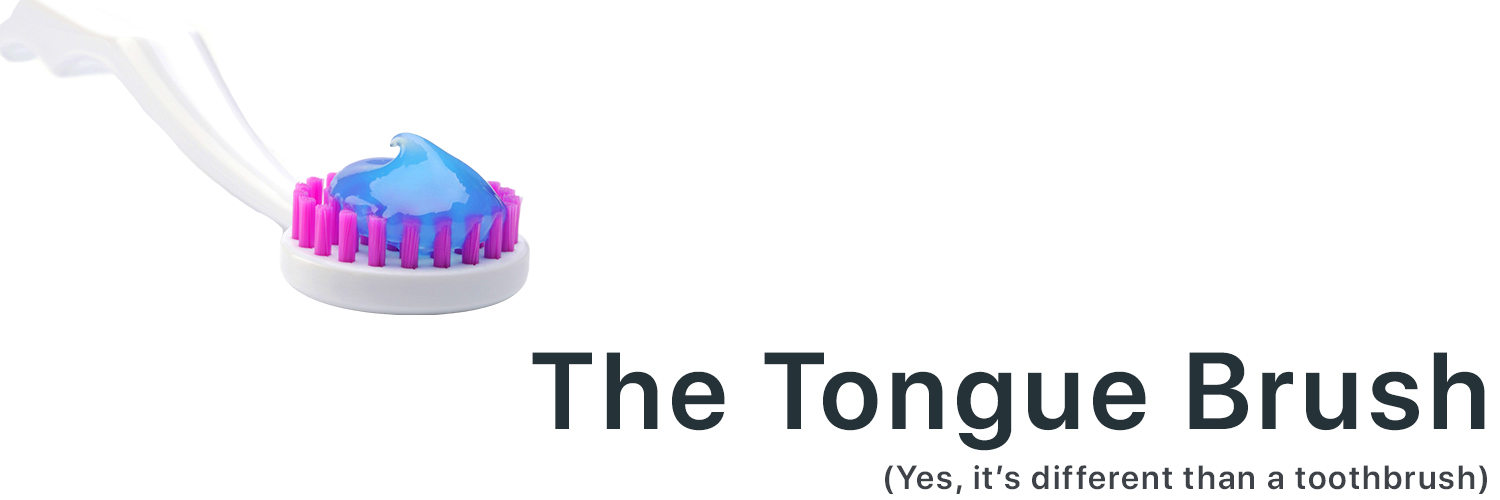
This is an often over-looked piece of equipment that everyone should have. Most people know that brushing your teeth is important, but a lot of people neglect brushing their tongue. Wrong move, Jack! Here's why:
- Even though your tongue looks "flat" it's full of ridges, bumps, and grooves. Bacteria and food get stuck in there and it's important to get it out.
- When you get rid of that gross food and bacteria, it doesn't just help your breath but also aids in preventing tooth decay and gum disease.
- A lot of the bacteria in your mouth is on your teeth, but there is more around your tongue and gums. Think of it this way; would you only wash the tires of your car?
Here are some tools to help you combat the cesspool that is your mouth...
Our Choice: The Tung Brush

Yes, you can use your regular toothbrush to brush your tongue, but it's not the best tool for the job. A toothbrush is thin, has long bristles, and is generally very soft. In comparison, the Tung brush is flat, wide, and coarse. This design means no more gagging on your toothbrush and sounding like a fool during your morning bathroom routine! Seriously though, this thing is great. At first it kind of feels like you're getting a pedicure on your tongue, but once you get past that feeling you'll be really impressed with how clean and fresh your mouth feels. Oh, and your tongue will be back to it's normal red color for the first time in years.
Pros: Works awesome, inexpensive for the extra care it provides, leaves your breath so fresh and so clean, leaves a long-lasting fresh taste when you use it with the Tung Gel, gets rid of bad breath, made in America
Cons: No built in tongue scraper to help get rid of the gross stuff as you brush
Other Options
The Orabrush is a competitor to the Tung Brush, and has a pad of short rubber bristles instead of the more nylon feel of the Tung Brush. It also has a built-in tongue scraper that works like a snow plow to remove build-up as you brush. The good part of the brush is that the tongue scraper does help to remove the build-up, but overall the Tung Brush cleaned much better with their bristles. Plus, the Tung Brush is made in the USA.
Pros: Cleans your tongue, built-in scraper makes this convenient
Cons: Bristles aren't as firm as the Tung
The most basic option is a basic plastic or metal rounded tongue cleaner. The only way we would recommend getting one of these is it you're using it with the Tung Brush as part of a super-combo. Seriously, for the same price or a dollar more go for something that works.
Pros: Sometimes slightly cheaper
Cons: It's like using a squeegee on your arm to wash yourself
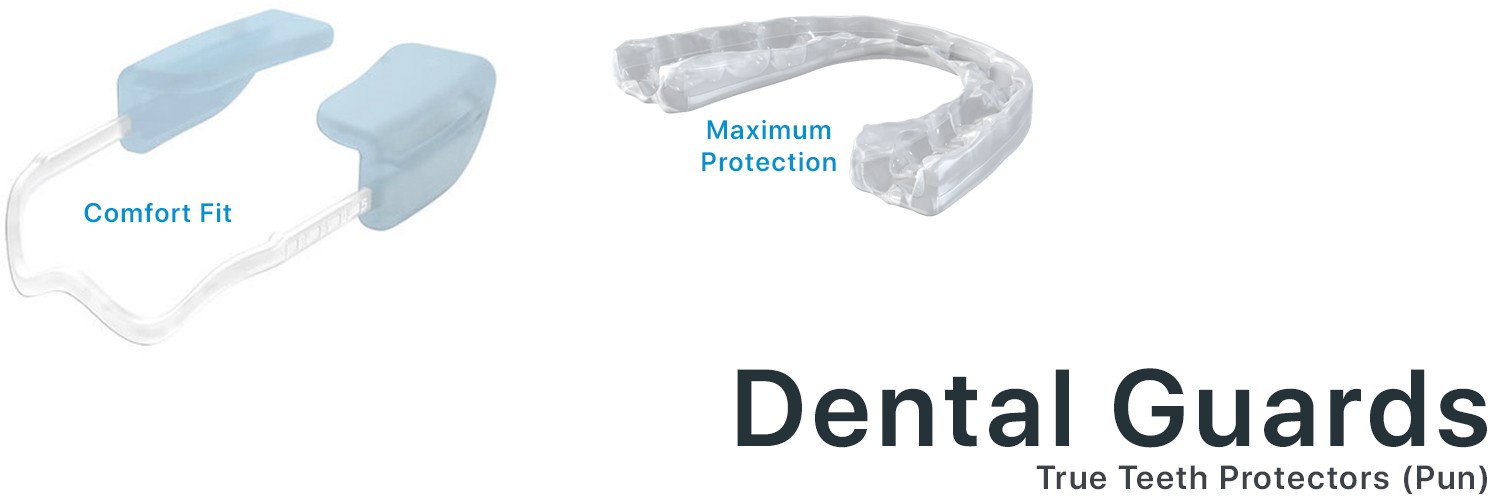
Now, this might not seem like something that will help freshen your breath, but it is! And it helps get rid of headaches in some cases too. Excessive teeth grinding, also known as bruxism, can cause hypersensitive teeth, sore jaw muscles, and headaches. Also, it may cause tooth wear and can damage teeth and the repairs, like crowns and fillings, in your mouth. If you wear down your teeth and break fillings, that leads to a lot of problems. Including opening the door for bad breath germs to live in the cracks.
FYI: Be sure to clean your mouth guard on a regular basis, or they will actually help to cause bad breath. You can use your toothbrush or just buy some cleaning tablets for them.
Our Choice: The Dentek Comfort Fit
The Comfort Fit is a small device that is adjustable and fits on the outsides of your teeth. It's not that noticeable when you're wearing it, but I found that it was easier to spit out of your mouth in the middle of the night. Yes, I have been wearing the mouth guards for these reviews, and no, it's not that embarrassing. This unit is a little less expensive than the Maximum Protection model, and it comes with two in each package. Not bad.
Pros: Relatively inexpensive, easy to fit to your mouth, works well as long as it's in your mouth
Cons: You might spit it out
Other Option: Maximum Protection Dental Guard
The Maximum Protection Dental Guard is pretty intense. You have a kit that comes with the unit so that you can mold it to fit the shape of your teeth, and after you're done with the 3 minute process you have a custom fit dental guard that fits your entire upper mouth. It's bigger than the Comfort Fit, but it seems to stay in better. Plus, if you're in a pinch you might be able to use it as protection in your annual flag football game. Check it out here.
Pros: Sturdy, durable, form-fitting, works well to stop teeth from grinding
Cons: Might be a little too big for people with really small mouths
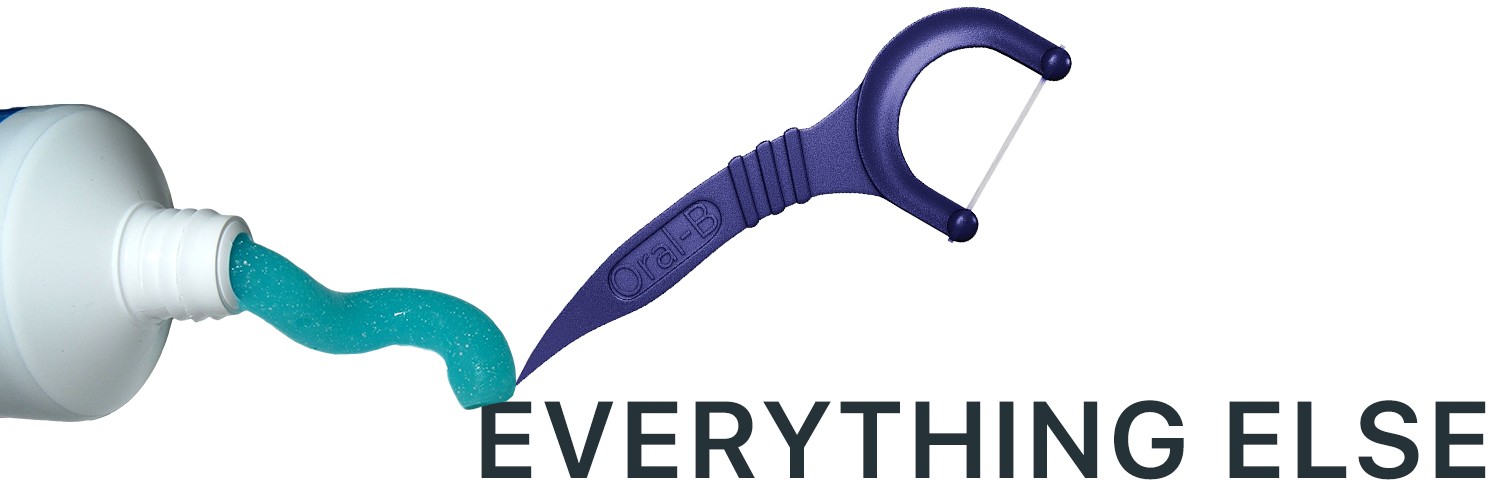
So the items above may be new to you, but there are some basics that everyone should use. Check them out below along with some helpful hints.
Toothpaste
This is pretty simple; brush your teeth (and tongue) twice a day to help with bad breath. And to keep your teeth from becoming cavity-filled daggers of pain in your mouth.
Pro Tip: Most toothpaste uses sodium fluoride because it's a cheap form of fluoride, but you should check out a toothpaste with stannous fluoride instead since it also kills bacteria in the mouth. Fewer bacteria means less acid on your teeth. The only issue with stannous fluoride was that it sometimes could stain teeth and had a bad aftertaste. But that was a long time ago and the new toothpastes have mostly gotten rid of those problems. Check out what we've been using - this Crest version - that helps with gum cleansing as well by providing some extra foam to get between your teeth.
Mouthwash
Again, this should be a given but; use mouthwash. It gets rid of food particles in your mouth, kills germs and bacteria, and enhances your brushing and flossing routine to get rid of all the stuff you just cleaned.
Pro Tip: We've tried a lot of different mouthwashes, but so far Therabreath has been our favorite. Swish, swish.
Floss
This is the one that everyone hates doing, but it's really important. You should floss once a day, since it gets rid of food particles and plaque (which is just another name for a coating of bacteria around your teeth). It also helps to prevent periodontal disease which is a common cause of bad breath.
Pro Tip: If you can, you should floss at night. It's more helpful to get rid of the day's food before you go to sleep for 8 hours with it in your mouth. Also, use picks if you hate flossing; it simplifies the process and speeds it up.
Food
Be smart when you want to keep your breath the freshest; garbage in, garbage out. Garlic, onion, fish, and more can cause bad breath that lasts for hours after you brush. And smoking or chewing tobacco? Yeah, it smells as bad as it makes you look while you do it. So stop.
Pro Tip: Add some fresh fruits to your diet to help clean teeth naturally. An apple will help clean your teeth by boosting your saliva production and rinsing your mouth naturally. Also, yogurt can be a huge help. The natural enzymes and good bacteria in yogurt go a long way in keeping your breath fresh.
Gum
Chewing gum helps in multiple ways; it helps increase saliva, gets loose particles of food out of your teeth, and it has a minty fresh smell to it. Just make sure it's sugarless, because the bacteria in your mouth love to ferment sugar, which makes bad breath even worse.
Pro Tip: Staying hydrated isn't only good for your health, it really does help keep bad breath away. A dry mouth is a dirty mouth, so drink a lot of water throughout your day.
Conclusion
We hope this helps keep your breath fresh on your next date! Also, make sure you share this with your friends who really need some...help. Remember; knowing is half the battle, and many people just don't know how bad their breath is. Be a friend, and send them to this page.
And what if someone sent you to this page? Well, we're sorry to hear about your breath, but your friend is a saint for letting you know how to get help. You'll thank them, and us, later!
About the Author

Ray is the founder of Stray Monkey, and as a shameless plug he wants to remind you to check out the SetScribe sports card collection app.
Share This Article
 Check These Out
Check These Out
Content not available. Please disable site blocker to view.
About Stray Monkey
Stray Monkey is your source for entertainment, travel, and lifestyle content that's a little off the beaten path.
Learn more about us

